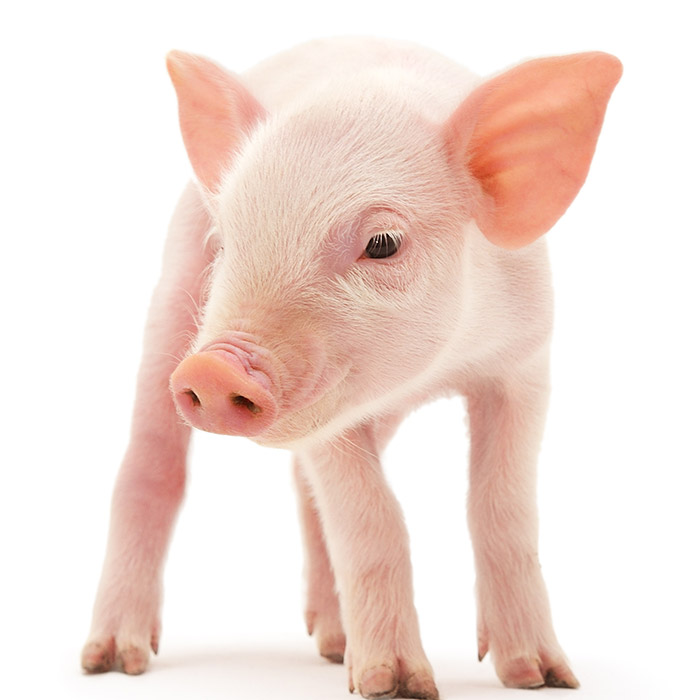
What is Ochratoxin?
Ochratoxin is a mycotoxin produced primarily by the Penicillium verrucosum and Aspergillus ochraceus fungi.
There are several types of ochratoxin, but the type that is most commonly found in foods and is the most dangerous in terms of toxicity is ochratoxin A. Ochratoxin A infects a wide variety of foods both raw and processed.
Ochratoxin contamination has been found in dried foods including nuts, beans, fruit and fish. It can infect wheat and barley crops, and it has also been found in poultry and pork.
Similar to other mycotoxins, ochratoxin presents risks to food safety.
What are the Harmful effects of Ochratoxin?
Ochratoxin can have severe effects on animal and human health.
Symptoms of ochratoxin include listlessness, diarrhea, and tremors. In animals, it is linked to kidney damage and failure. Pigs are especially vulnerable to ochratoxin and are the most common carrier. It is also linked to kidney as well as liver damage in humans, who can contract the infection through tainted meat and grains. Ochratoxin is stored in the liver for 35 days or more.
At high levels, ochratoxin is categorized as a carcinogen, a cancer-causing agent, which eventually leads to the development of tumors in the kidneys. At higher levels of contamination, ochratoxin can cause neural damage, birth defects, and severe damage to the immune system.
In the United States, the Department of Agriculture (USDA) and the Food and Drug Administration (FDA) monitor ochratoxin levels.


Why Should you test for Ochratoxin?
Testing for ochratoxin helps to reduce the health risks associated with this toxin.
Ochratoxin is particularly important to identify in storage because it is fat soluble. Any animals consuming grains contaminated with ochratoxin, especially swine and poultry, will store and accumulate the toxin in their fat, which could eventually find its way into the food and feed supply if not detected.
Penicillium verrucosum and Aspergillus ochraceus are more likely to contaminate foods in storage than they are to infect plants in the field, which means one of the best ways to prevent high levels of ochratoxin from developing in food is proper storage. The likelihood of prevention is increased by keeping moisture levels low in storage facilities either by harvesting foods at a safe moisture level or immediately drying them to a safe moisture level after harvest. Testing for ochratoxin provides assurance about freedom from infection, whether in storage or the field.
Who should do ochratoxin testing?
Farmers, ranchers, grain mills, grain handlers and producers of animal feed should test for ochratoxin.
Temperature can have a meaningful effect on ochratoxin. The optimal temperature for growth is between 60-85 degrees fahrenheit depending on the level of humidity. Higher levels are usually detected in raw foods than in processed foods. Roasting and baking can decrease the potency of ochratoxin in some foods. Boiling can also reduce its effect, but the results vary greatly depending on the food.
The risk factors for ochratoxin growth include:
- Poorly maintained storage facilities
- High moisture levels
- Temperature between 15-27 F.
Grains Tested for Ochratoxin
Crops and animals at high risk for ochratoxin contamination include wheat, pork, corn, nuts, beans, barley, poultry, fish, coffee and fruit.
How to Test for Ochratoxin
Three primary methods are available for mycotoxin analysis. The HPLC method for mycotoxin detection is time-consuming, and both HPLC and ELISA methods require expensive laboratory equipment. LFD testing strips are a simple, fast and cost-effective way to perform a mycotoxin test with quantitative or qualitative results. Only with proven and certified mycotoxin testing technology can users make objective, real-time decisions that meet regulation standards and mitigate the risks of lost productivity and health due to ochratoxin contamination.
